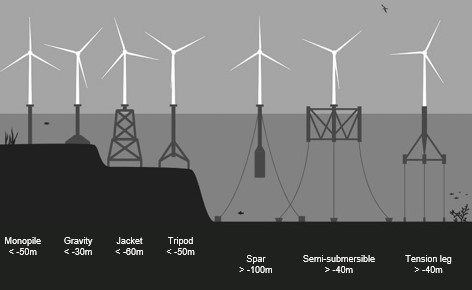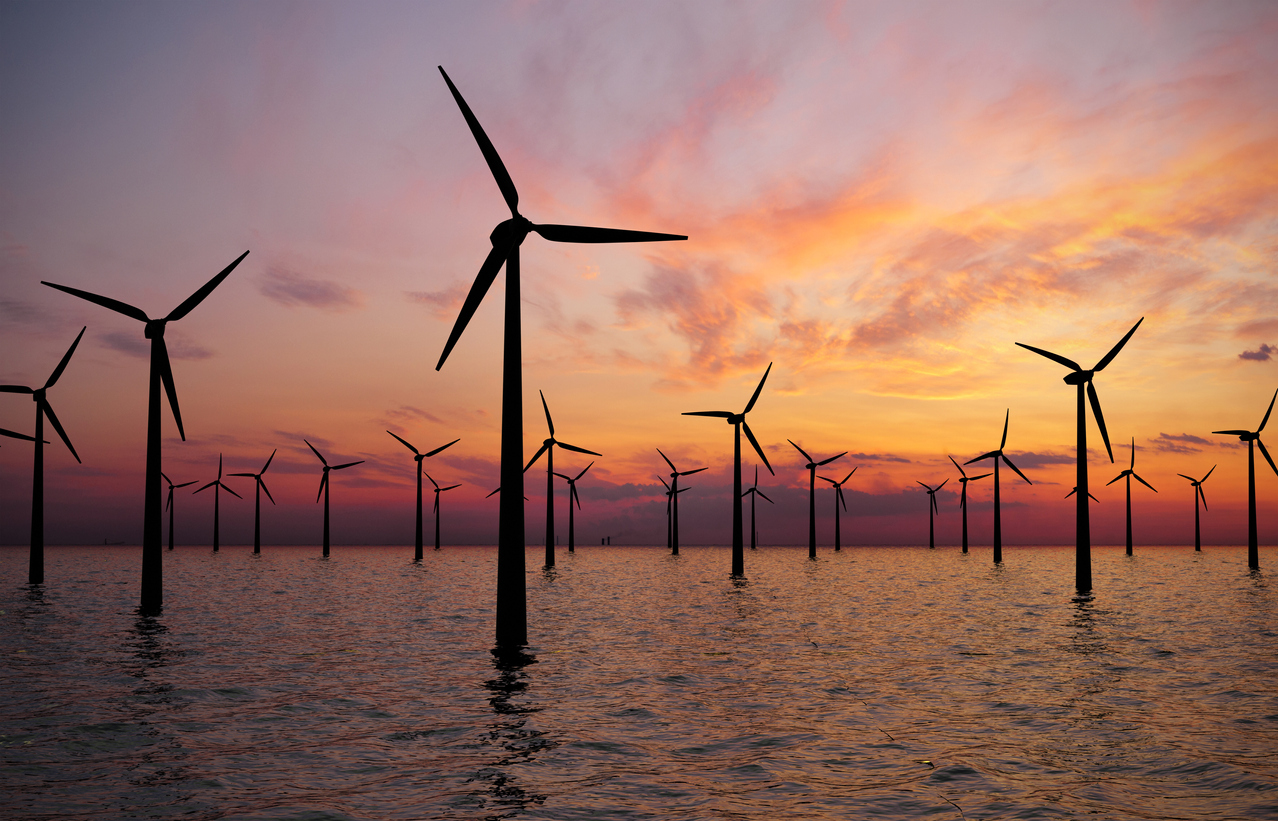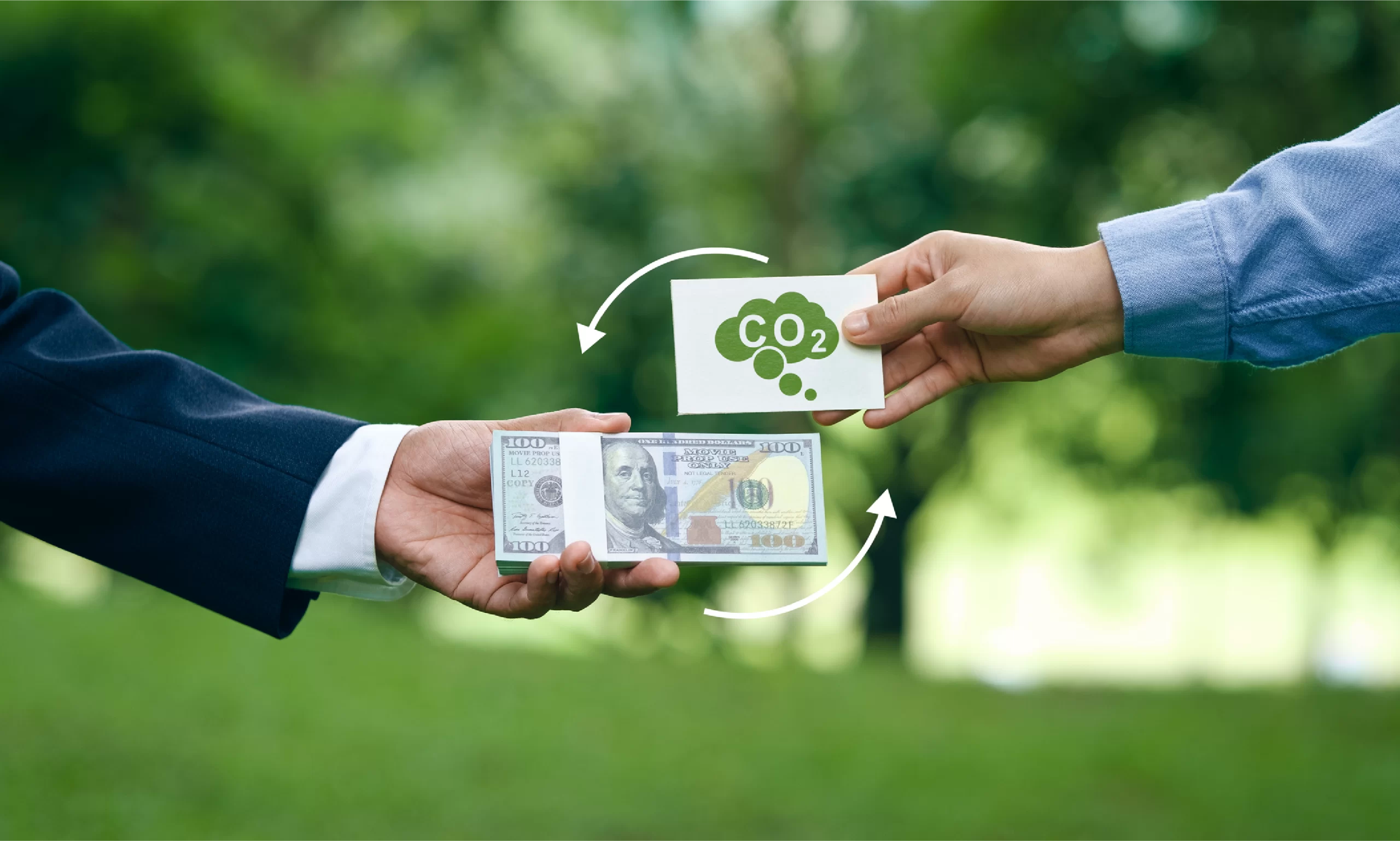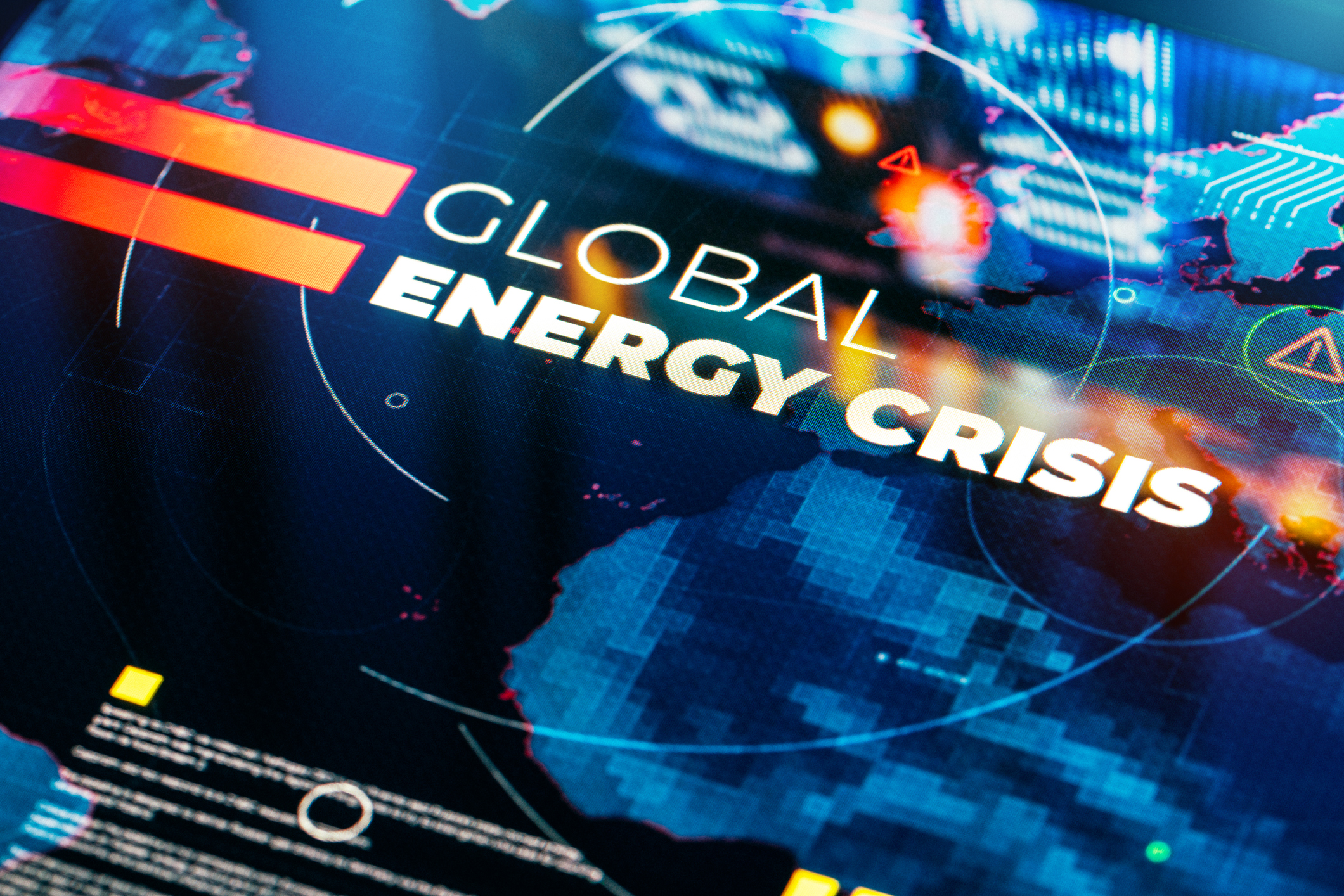Achieving Sustainability with Offshore Wind Energy
To achieve sustainability, dependence on renewable energy sources should be increased. Wind is the second highest renewable energy generation source, behind only hydropower. Wind energy is divided into onshore and offshore systems. Offshore wind energy is more potent than onshore because of its environment-friendly attributes and high power generation capacity.
According to data, the installed offshore wind capacity is expected to reach 1,550 GW worldwide by 2050. Due to the limited onshore wind power development potential, countries such as Germany regard offshore wind power as the focus of future wind power development. Further, floating offshore wind farms are the future of offshore wind farms.
What is Wind Energy?
Wind energy, harvested by turbines, turns moving air into electricity. It’s renewable, originating from the sun’s impact on the atmosphere. Ancient civilizations like the Egyptians used wind for transport. Modern wind turbines power the grid today, notably in the United States. Wind energy is a sustainable industry that creates jobs and cuts emissions. Turbines are now highly efficient. Wind energy is crucial for renewable energy growth worldwide.
Background & Overview
Renewable energy has grown faster than all other energy sources since 2011, with a record-breaking installed electricity capacity of 256 GW in 2020. The use of wind energy has risen exponentially since 2000.

Countries with a large area associated with the desired wind speed find onshore wind farms suitable. Onshore wind farms offer low cost, easy maintenance, and interconnectivity to an electrical grid, distinguishing them from offshore wind farms. However, offshore wind farms can be more suitable for countries with small land areas or bodies of water.
Offshore wind speeds are often quicker than on land, and even minor speed improvements can result in significant gains in energy generation. Consequently, a lower number of turbines can generate the same amount of electricity compared to a conventional onshore turbine.
The majority of offshore wind farms in the globe are located in the North Sea and Baltic Sea, along the Chinese coast, and throughout England.
According to data from the National Energy Administration, China’s installed offshore wind capacity is around 26 GW. This capacity represents a significant portion compared to the global installed offshore capacity of 54 GW.
According to Wind Europe, the EU installed 15GW of new wind farms in 2022, a third more than in 2021. In addition to the rise of European and Chinese wind farms, projects in Taiwan, Japan, and along the east coast of the United States are also active or under construction.
Types of Offshore Wind Platforms

Market Statistics & Key Players

Figure 3: Key Market Players of Offshore Wind Energy
In 2021, the global offshore wind market reached a value of USD 40554.04 million. By the end of 2022, the market size had exceeded 47 billion USD, and analysts project a compound annual growth rate (CAGR) of 10.31% during the forecast period. Analysts expect the market to achieve a value of 73 billion USD by 2027. During the forecast period, analysts said that Asia Pacific will hold the largest offshore wind market. This is due to friendly government policies and the emerging demand for renewable energy in developing markets within the region. They anticipate that market revenue will increase by more than 12% by 2032.
Recent Projects
- Ventos do Sul: Ventos do Sul Offshore Wind Farm is a 6,507MW offshore wind power project planned in the South Atlantic Ocean, Rio Grande do Sul, Brazil. There would be 482 wind turbines, with 13.5MW capacity, 21 km from the coast. They expect to commission the project in 2027.
- Hornsea Two: Hornsea Two Offshore Wind Farm is the second phase of the Hornsea Zone. It has 165 Siemens Gamesa 8MW offshore wind turbines and became fully operational in 2022, led by Ørsted. It has a capacity of over 1.3GW, providing energy to power more than 1.3 million homes.
- Saint-Brieuc: Iberdrola is building the Saint-Brieuc Offshore Wind Farm in collaboration with the French companies RES and Caisse des Dépôts. It covers a surface area of 75 km2 and is located some 16 km off the French coast. The project, which has an investment of 2.5 billion euros, has a total installed capacity of around 500 MW. This capacity is achieved through 62 turbines, with each turbine generating 8 MW of power.
Government Initiatives
- The U.S. Department of Energy’s Wind Energy Technologies Office (WETO) funds research nationwide to enable the development and deployment of offshore wind technologies that can capture wind resources off the coasts of the United States and convert that wind into electricity.
- The Ministry of New and Renewable Energy is the nodal ministry for the development of offshore wind energy in India. It works closely with other government entities to develop and use maritime space within the country’s exclusive economic zone (EEZ) and is responsible for monitoring offshore wind energy development in the country.
- The European Commission approved a €22.5 billion Polish scheme to support offshore wind farms.
- To help meet the EU’s goal of climate neutrality by 2050, the European Commission proposes to increase Europe’s offshore wind capacity from its current level of 12 GW to at least 60 GW by 2030 and to 300 GW by 2050.
Innovations in Turbines
General Electric‘s Haliade 150-6 MW turbine, designed for all offshore environments, combines innovation and established technology to deliver high yield and unwavering reliability. This will reduce the cost of offshore energy and lead to more efficient offshore turbines.
- The Pure Torque design of the 6 MW wind turbine protects the generator to ensure and improve its performance by safely diverting unwanted stresses from the wind to the turbine’s tower through the main frame. Maintaining the minimum air gap between the generator rotor and stator at all times allows for the highest efficiency.
- The Haliade 150-6 MW’s PMG is more compact and lightweight than earlier-generation direct-drive systems, increasing reliability and offshore wind turbine availability while reducing maintenance costs.
- The 150m diameter rotor and a 73.5m light blade increase strength and durability.
Floating Offshore Wind Array Design
The Floating Offshore Wind Array Design project is a 3-year, $3 million effort by NREL to develop an integrated design toolset to systematically design all parts of a floating offshore wind farm array for given site conditions. The project will run from August 2022 to September 2025.
NREL will develop a modeling toolset for optimizing large-scale floating offshore wind farm array designs and create reference designs for several U.S. sites.
Future Developments
- With 950MW of capacity, Moray East will power around 950,000 UK homes and generate sufficient electricity to save 1.4 million tonnes of CO₂ equivalent annually. Ocean Winds will operate the wind farm in Moray Firth, located 22km from shore, and expects it to be operational by 2023.
- The Organization for Economic Co-operation and Development (OECD) predicts that offshore wind will grow to 8% of the marine economy by 2030, employ 435,000 people, and add a value of $ 230 billion.
- The European Commission expects offshore wind to become more important in the future, as it is part of the Green Deal. Maximizing the potential of European offshore wind energy is one of the critical tools in the “Clean Energy” section of the Green Deal. Also, by 2050, the worldwide installed offshore wind capacity is expected to reach 1,550 GW, an 80-fold increase compared to the 2017 capacity.
- One of the advances that characterize the current development of the offshore industry is the technology that enables offshore wind projects with higher wind availability. Floating wind turbine technology has emerged as a promising innovation for utilizing deep-sea winds. Additionally, its introduction marks an up-and-coming technology in the renewable energy sector.
Conclusion
Future energy systems will likely rely on offshore wind, a fast-developing renewable energy source. Over the next two decades, offshore wind power will develop significantly. This growth will support efforts to decarbonize energy systems, reduce air pollution, and achieve sustainability goals. Due to the turbines’ size and power capacity, offshore wind farms see significant performance and cost improvements.



